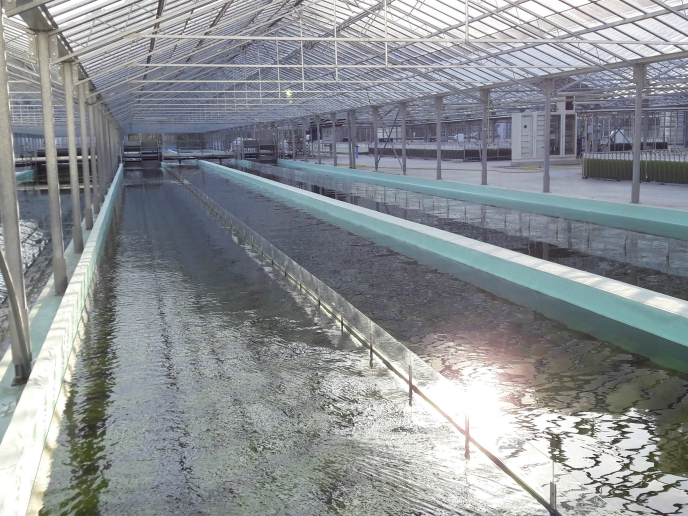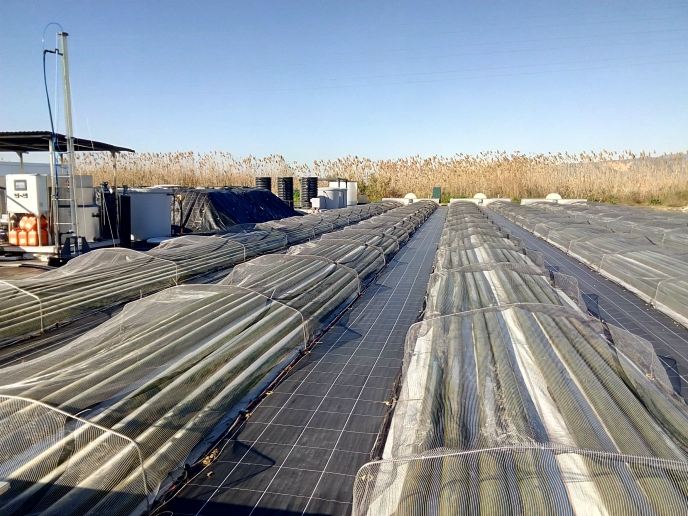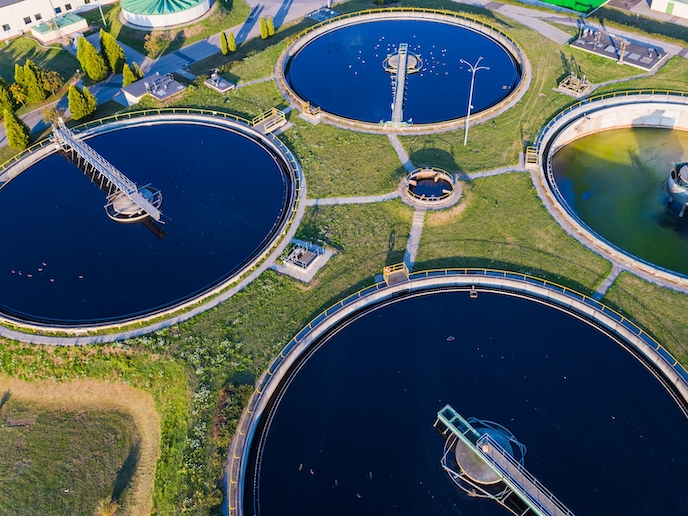Nanotechnology for clean water
Nanostructured materials can be exploited in water purification in two ways. On the one hand, carbon nanotubes and metal oxides can form membranes with openings the size of bacteria and viruses, physically preventing their passage. On the other hand, they can trigger chemical or physical processes that contribute to the removal of organic substances and toxic particles. The EU-funded project WATER (Winning applications of nanotechnology for resolutive hydropurification) responded to the growing need for innovative solutions based on nanotechnology to ensure access to clean water. Led by the Consiglio Nazionale delle Ricerche (CNR) in Catania, Italy, a multidisciplinary partnership made an important contribution to regions like Sicily that suffer from water shortage. As a first step, new equipment was purchased, and young researchers were recruited. In addition, project partners supported initiatives to both enhance the local expertise and strengthen European-level visibility of the WATER team as a whole. Their aim was to achieve strong synergy between research institutes, public authorities and the scientific community. WATER quickly gained international recognition and was granted organisation of the prestigious Institute of Electrical and Electronics Engineers (IEEE) Nanotechnology Materials and Devices Conference in Sicily, Italy in 2014. It was the ninth conference of its kind and the first to be held in Europe. Leading experts gathered to review the most recent developments. By project end, several nanostructures coupled with metals were synthesised to improve the efficiency of materials used for water disinfection and purification. Advances in disinfection and purification by photocatalysis induced by metal oxide nanomaterials and carbon nanotubes have resulted in publications in high-impact scientific journals. WATER succeeded in forging a strong partnership between the European scientific community, local public authorities, private companies and the public for the benefit of the economy and environment. Its model for focused and, subsequently, effective cooperation will ensure that innovative ideas turn into commercial technologies to address global societal challenges.
Keywords
Nanotechnology, wastewater, nanostructured materials, water purification, WATER







